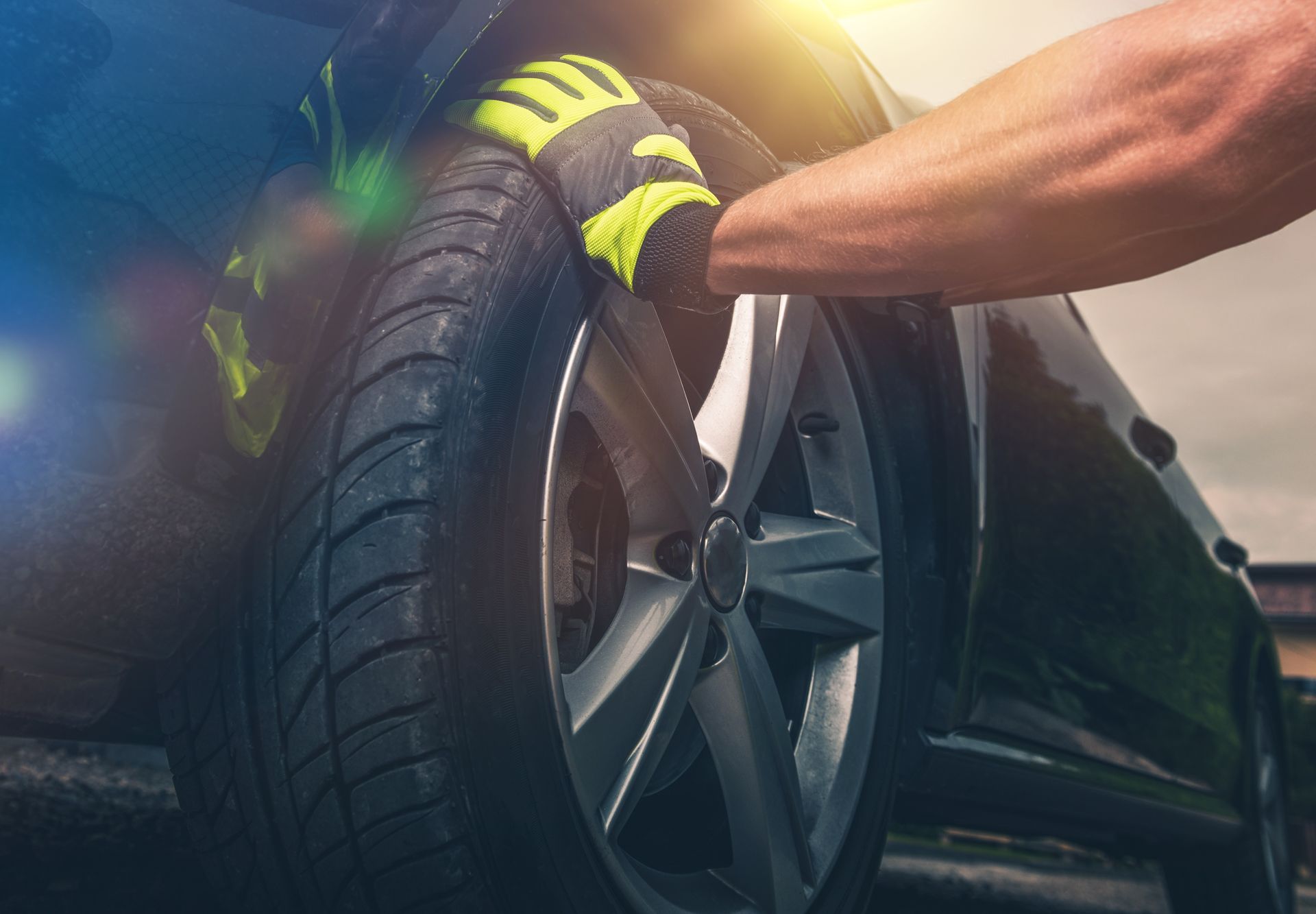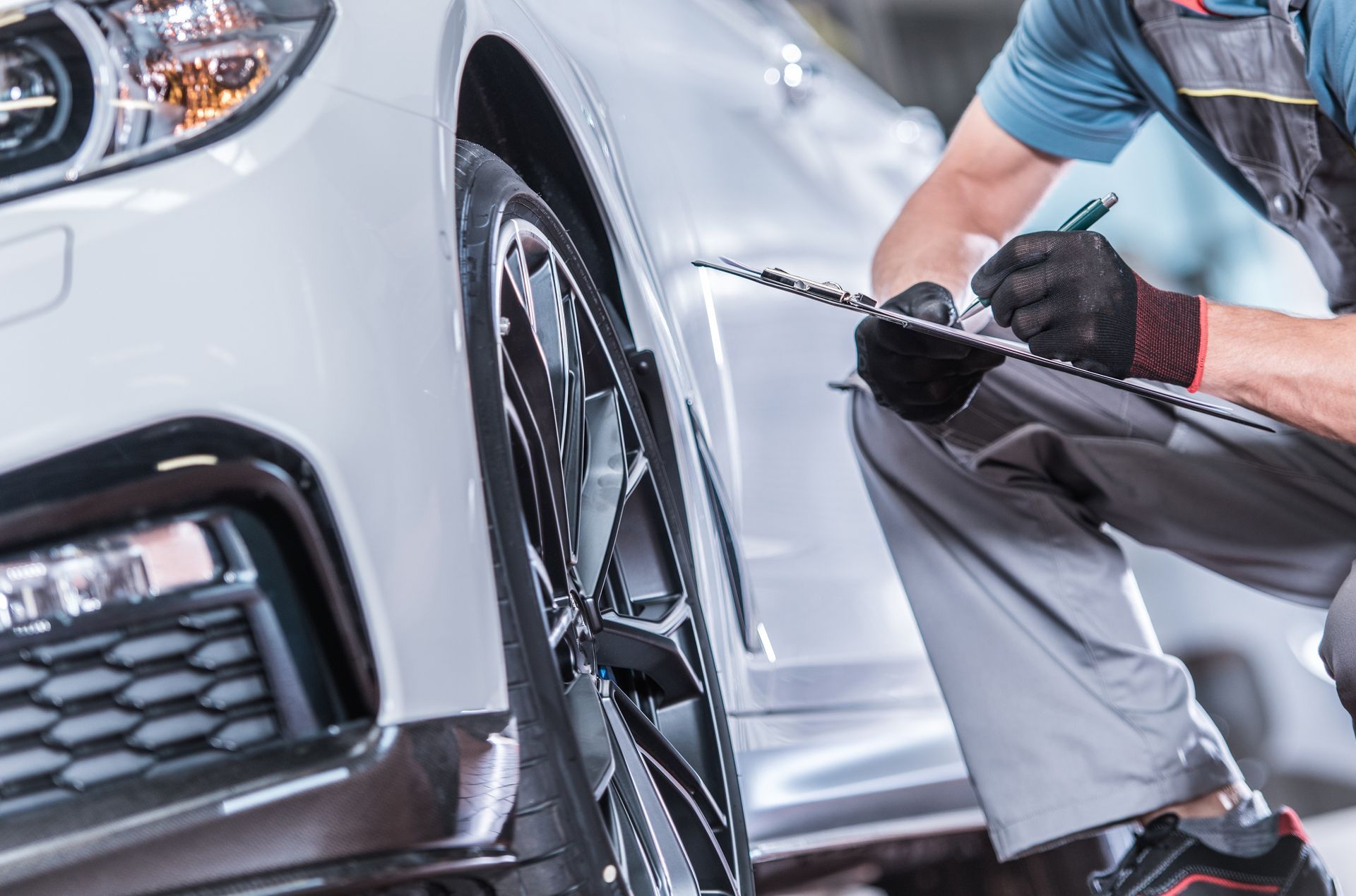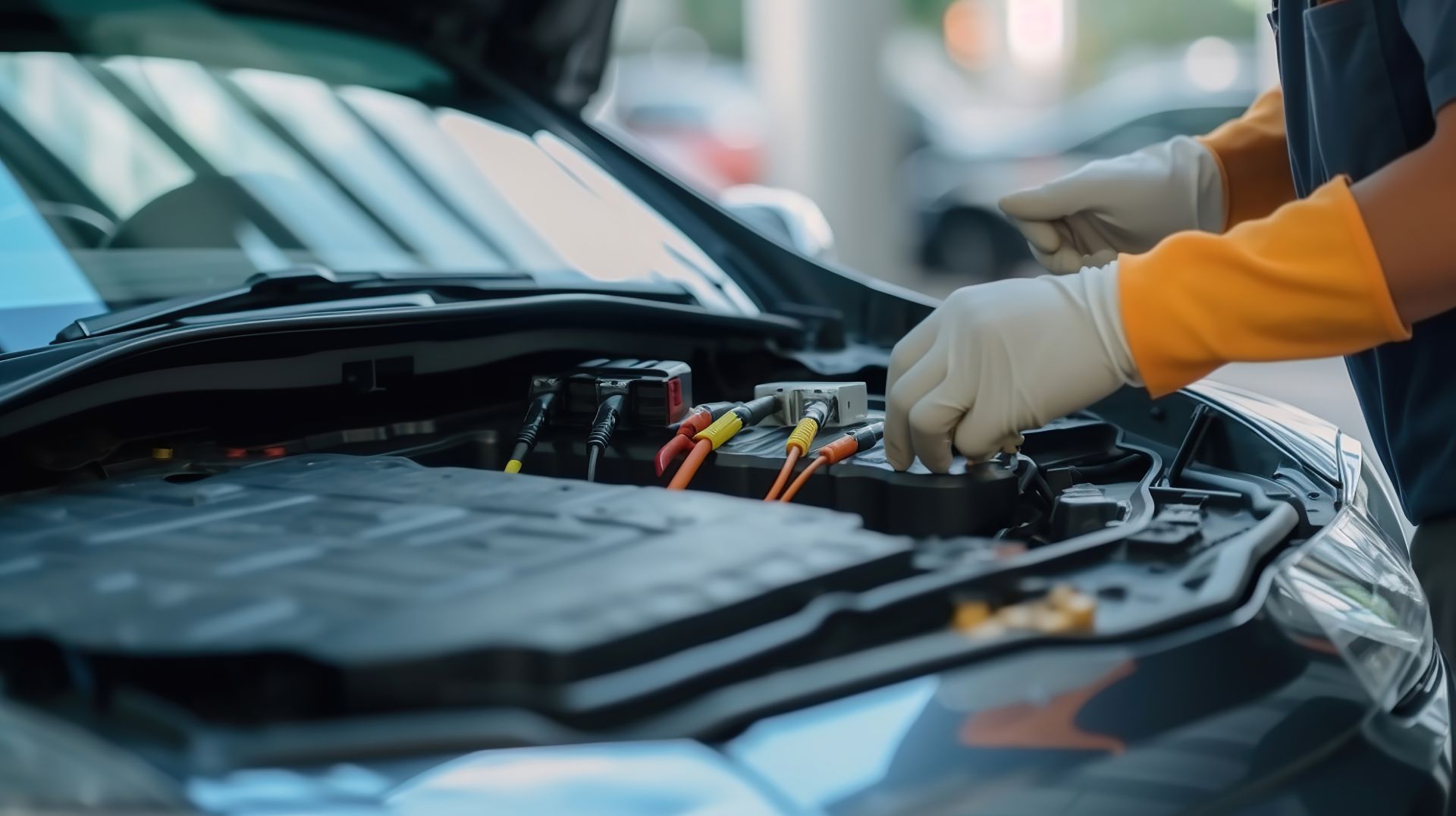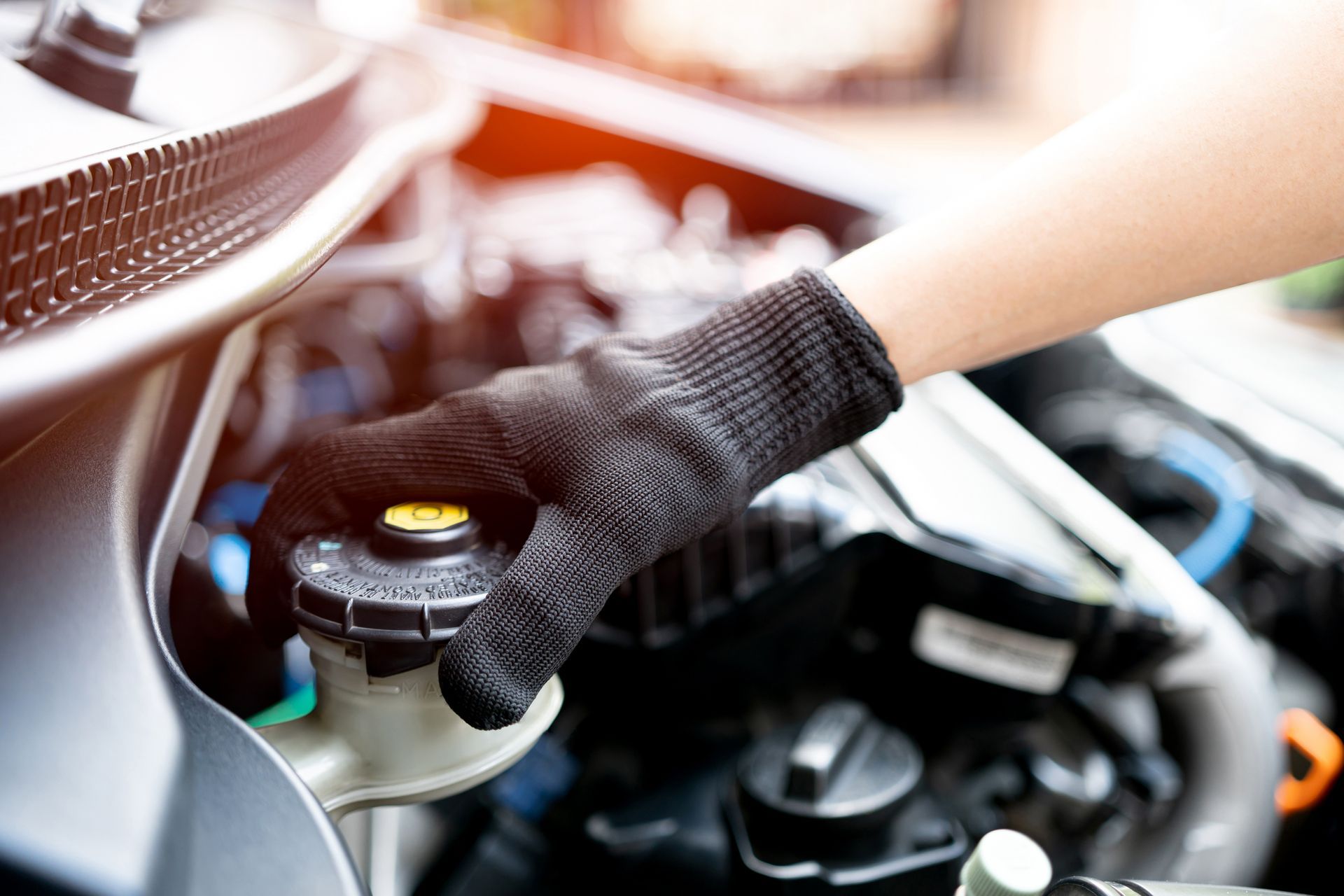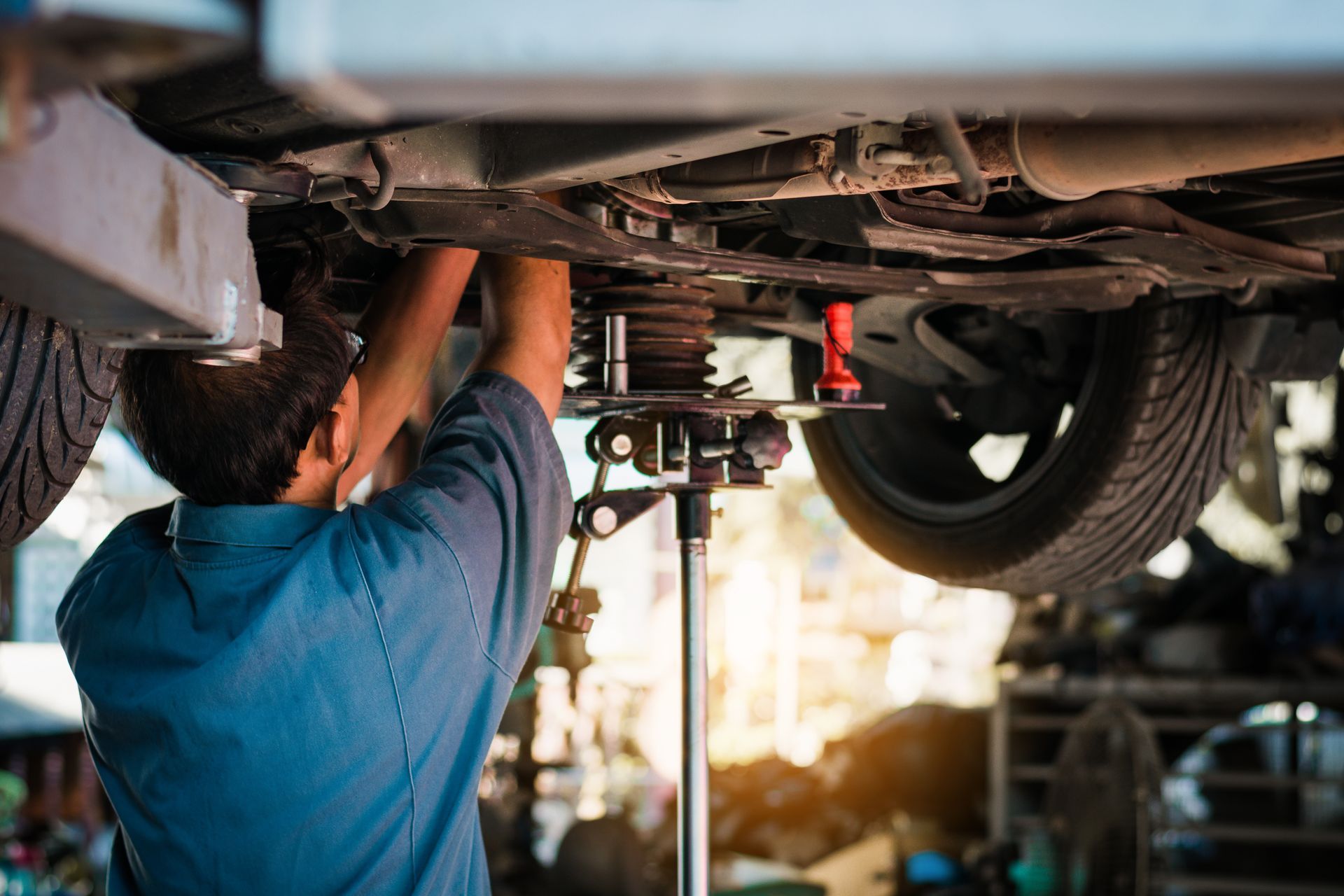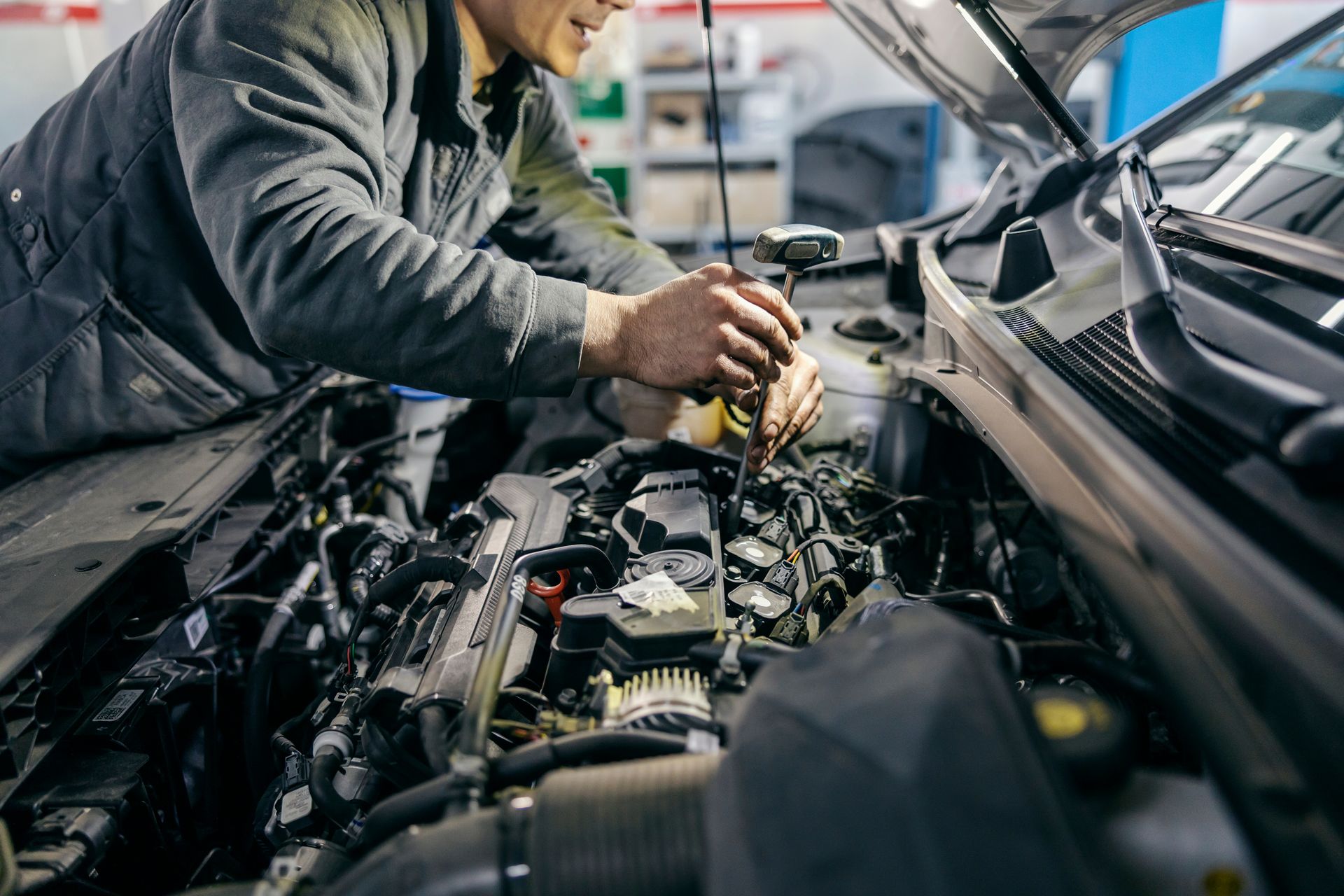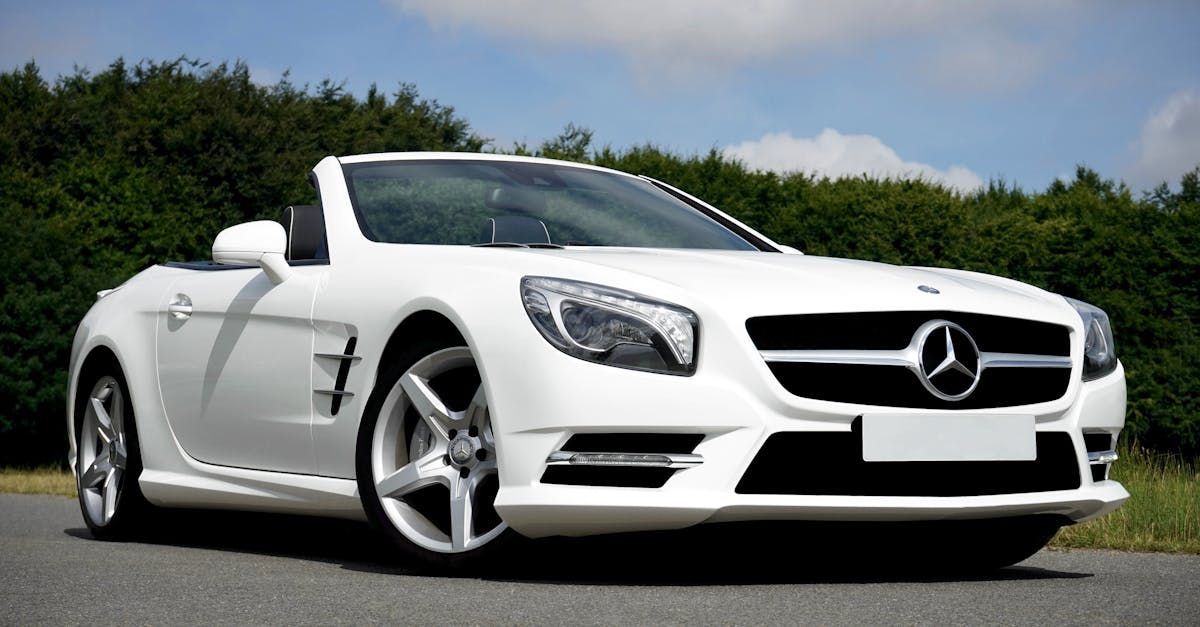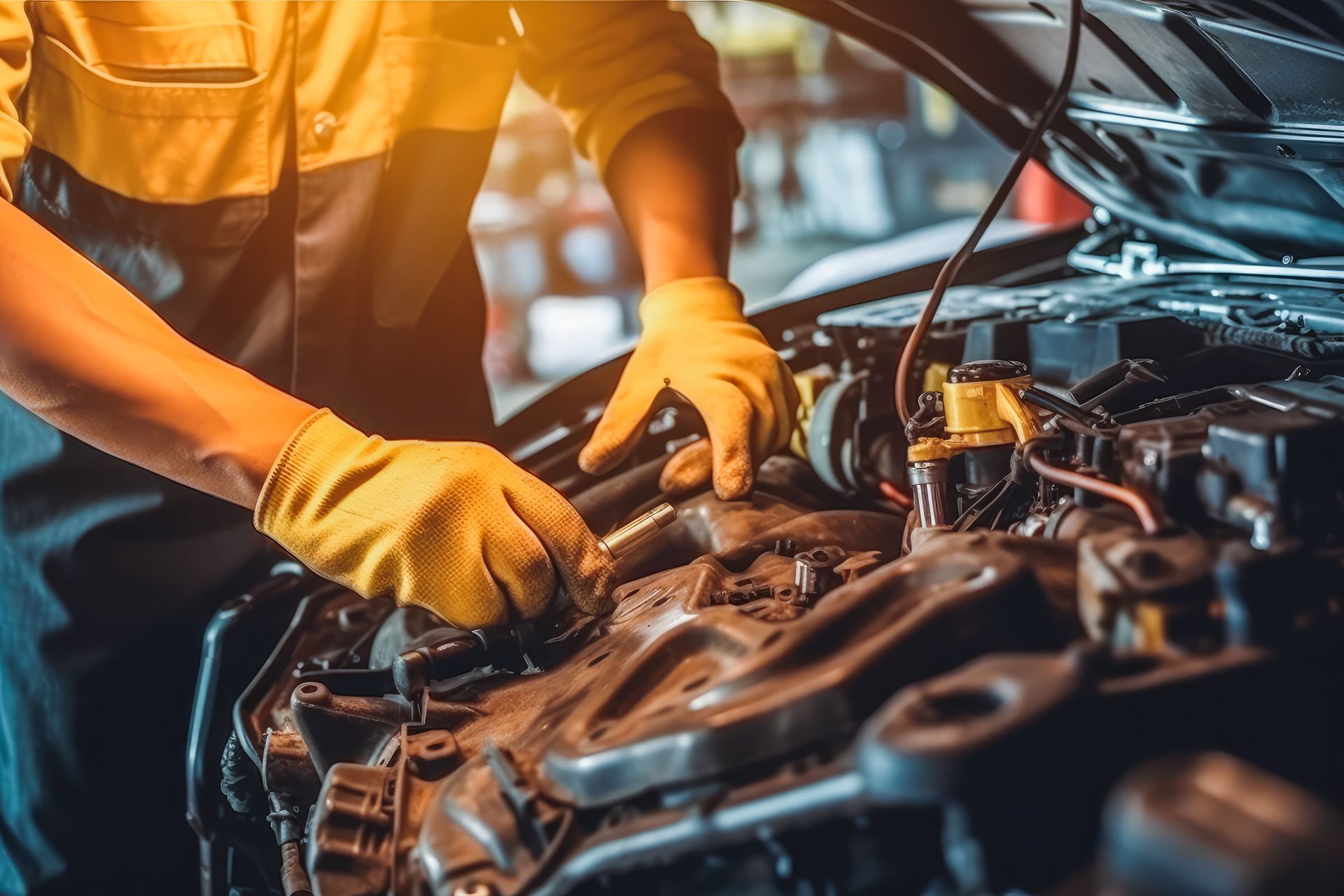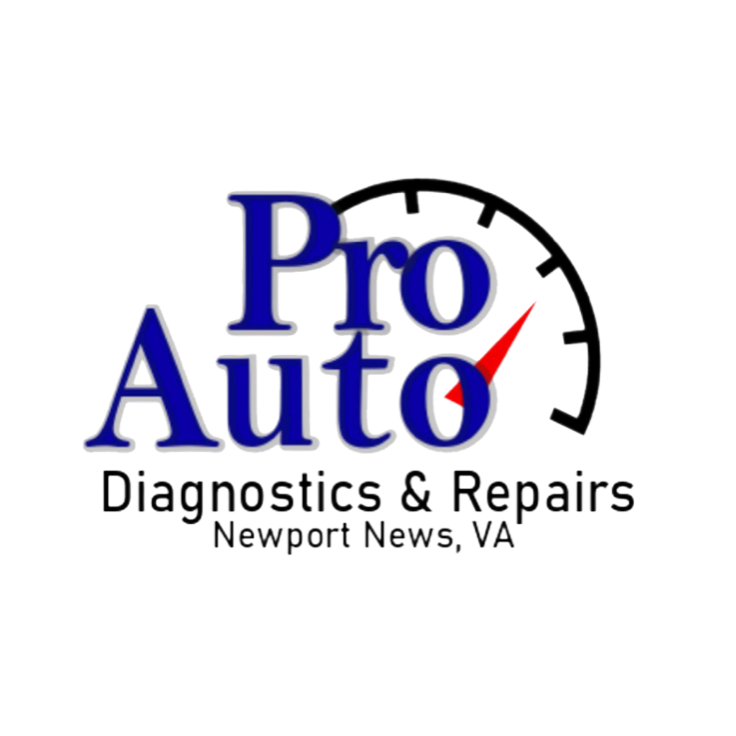Mon - Fri 8:00 AM - 5:30 PM
A Brief Primer on Automotive Warning Lights
If you’re like most of us, you’ve been happily driving down the road when you glance down and “Uh-Oh”, “What is THAT Warning Light for?!” This brief blog is here for you to go over the most common warning lights, what they mean, and what you should do.
The first and most important thing you need to know is that your owner’s manual is the gold standard for information about your car. There are far too many different cars and trucks out there for this simple blog post to hope to cover all of the different warning lights. We’ll touch on the common ones here, and you’ll have to do individual research on your exact car.
The BULB CHECK. All cars will illuminate all lights when the key is turned on, but the engine is not started. This is a handy way to make sure your warning lights work (no burned out bulbs) and to see which systems your car is equipped with. The first key piece of information regarding a warning light is the color of the light. In general, if you remember nothing else, remember that AMBER lights mean “Caution” and RED lights mean “STOP NOW”.
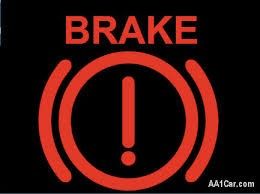
The RED BRAKE warning light.
This means there is an issue with the primary braking system. Either the fluid is low, the parking brake has been left on or there is a pressure loss. Check the brake fluid to ensure it is full. When there is a pressure loss the brake pedal will feel soft and spongy or will travel father than it normally does. DO NOT DRIVE a car with a low/soft brake pedal. Tow the vehicle in rather than risk lives!
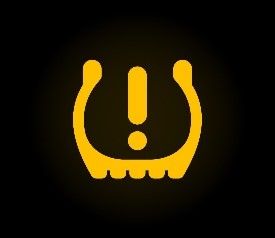
TPMS Light.
This amber light is the most common light to see on a car- it is now federally regulated that all modern vehicles have a system to monitor tire pressures, because tire failures from inadequate pressure have caused many accidents in the past. Your tires perform at the their best when correctly inflated (the difference in 20 feet of stopping distance is 10-15 mph in an accident) so staying on top of them is very important! When you see this light, the first thing to do is to visually inspect your tires. Radial tires OFTEN WILL NOT LOOK FLAT EVEN IF VERY LOW, this is due to their strong sidewalls. After the visual inspection, check the air pressures with your handy digital gauge (YOU DO HAVE ONE, RIGHT?), and add air as needed. Tires with over 20 psi can be driven at moderate speeds to a gas station, under that number and you can cause internal damage to the tire that can cause a catastrophic failure later. You can buy a small electric compressor for less than $25 that runs off of your 12v power outlet- this is a wise investment.
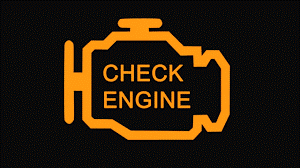
The amber colored Check Engine Light is the next most common light.
This light is federally regulated and must either be a picture of an engine, the words “Check Engine”, or the words “Service Engine Soon”. This light is a MALFUNCTION indicator. This light means the engine control computer performed a self-test on a sub system and had two consecutive failures. The system continuously self-tests, so there is no “resetting” the light, as soon as you start driving again the computer will resume self-testing and illuminate the light again. You’ll need to see a technician for this one, the diagnostic processes for this light range from simple to the most complex work we do on an engine management system. In general, you can safely drive your car to the shop, especially if it is running normally. When the engine runs abnormally and the Check Engine Light is on, or even worse, Flashing, you should get the car to a technician quickly to avoid any other damage.
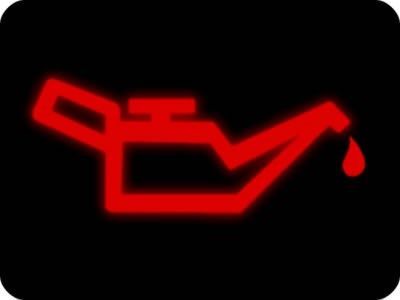
The OIL PRESSURE light.
This Red colored warning light means that the engine has inadequate oil pressure. Customers that are unfamiliar with it call it the Genie Lamp light or the Watering Can light. An engine that is low on oil will have low oil pressure, but even a full engine can lose engine oil pressure. This light is an emergency, driving with low engine oil pressure will quickly destroy the engine. Ensure the oil level is full (incorrect oil is better than no oil in an emergency) with the correct grade of oil, and if it is TOW THE CAR TO THE SHOP. If it is low, correct the oil level, and start the car and see if the light goes off. If it does, you can usually drive the car to the shop, as long as the Oil light stays off.
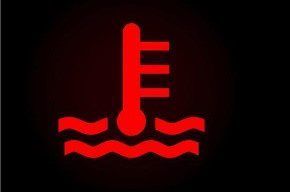
The TEMPERATURE warning light.
This light can be yellow or red and looks like a thermometer in water. This light means that your engine is overheating. DO NOT DRIVE a car with an overheating engine. This is the second fastest way to destroy the engine. DO NOT open the cooling system on a hot engine, SEVERE BURNS WILL OCCUR. Allow the engine to cool (takes 1-3 hours), ensure the engine is full of coolant, and as long as it is not far, and the engine does not overheat, you can drive it to the shop.
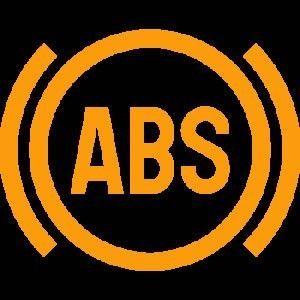
The ABS light is Amber in color and does not usually represent an emergency.
Keep in mind that when this light is on, the vehicle will not have anti-lock brakes, which will result in more difficulty in keeping control in wet weather. Be sure to allow for greater stopping distances in wet weather. Bring the car for troubleshooting and repair.

The SRS or AIRBAG light.
This amber light means the Supplemental Restraint System (Airbag) has a failure. SRS systems self-test continuously so the presence of this light means a failure is occurring and the system is shut down, THE AIRBAGS WILL NOT WORK IN A CRASH if this light is on. Keep in mind modern cars are designed so that the SRS system works in conjunction with other engineering characteristics to protect you in a crash, this system is VITAL to your safety. See a QUALIFIED technician for troubleshooting.
While there are many other warning lights, these are the most common, and the ones every driver should know at a minimum. The best advice I can give is to read and understand your owner’s manual, and of course, call if you have any questions! Michael
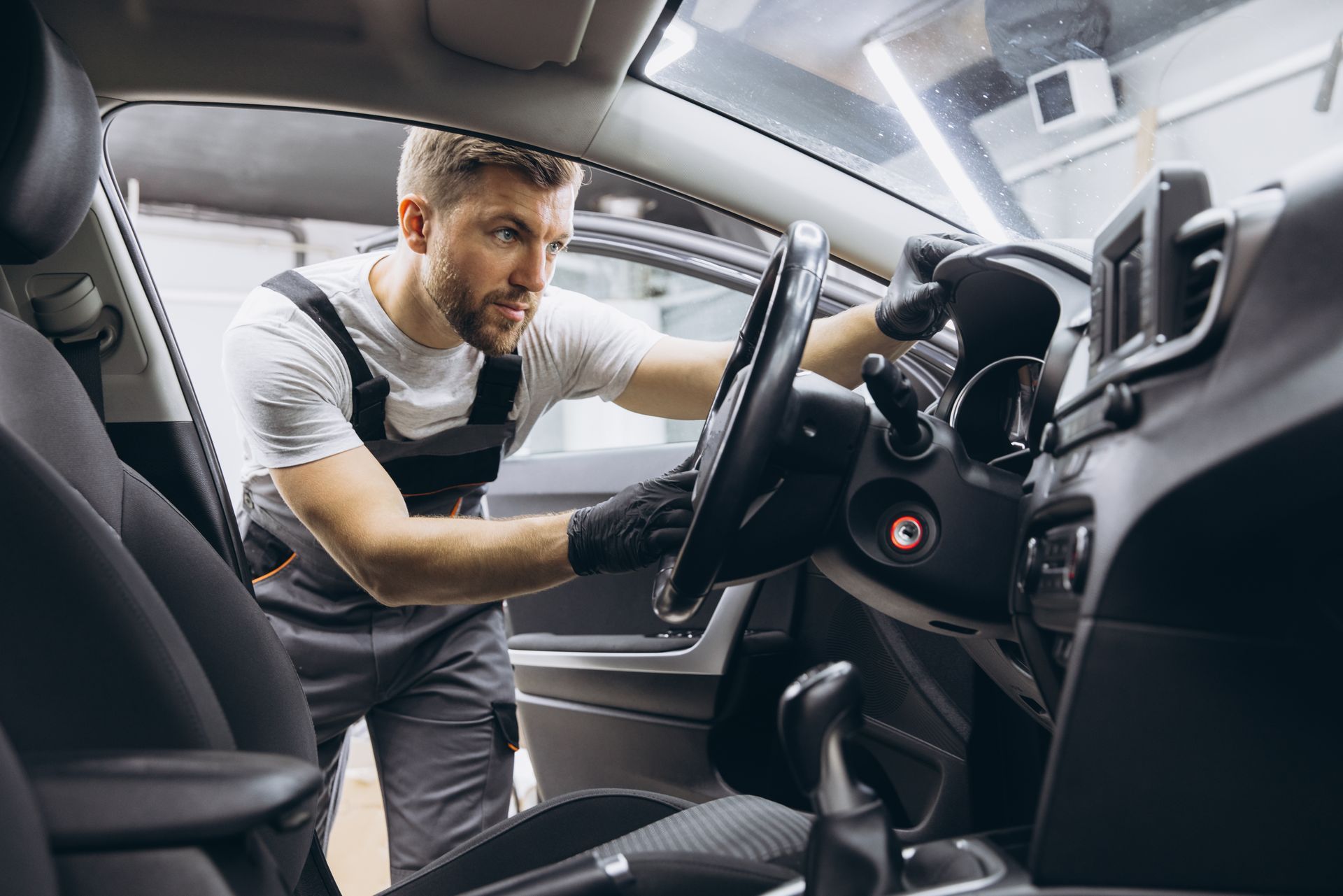
Professional Auto
Diagnostics & Repairs.
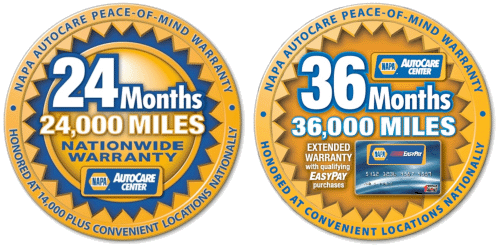








© 2023 Pro Auto Repairs. All Rights Reserved | Website managed by
ShopGenie
Follow us
Our Shop
Services
List of Services
-
SuspensionSuspension Suspension
-
BrakesBrakes Brakes
-
BatteryBattery Battery
-
Virginia State Safety InspectionsVirginia State Safety Inspections Virginia State Safety Inspections
-
Engine RepairsEngine Repairs Engine Repairs
-
TransmissionTransmission Transmission
-
Tire Mounting and BalancingTire Mounting and Balancing Tire Mounting and Balancing
-
Oil ChangeOil Change Oil Change
-
© 2023 Pro Auto Repairs. All Rights Reserved | Website managed by
ShopGenie
Follow us
Our Shop
7311 Warwick Blvd, Newport News, VA 23607, United States of America
Mon - Fri 8:00 AM - 5:30 PM




